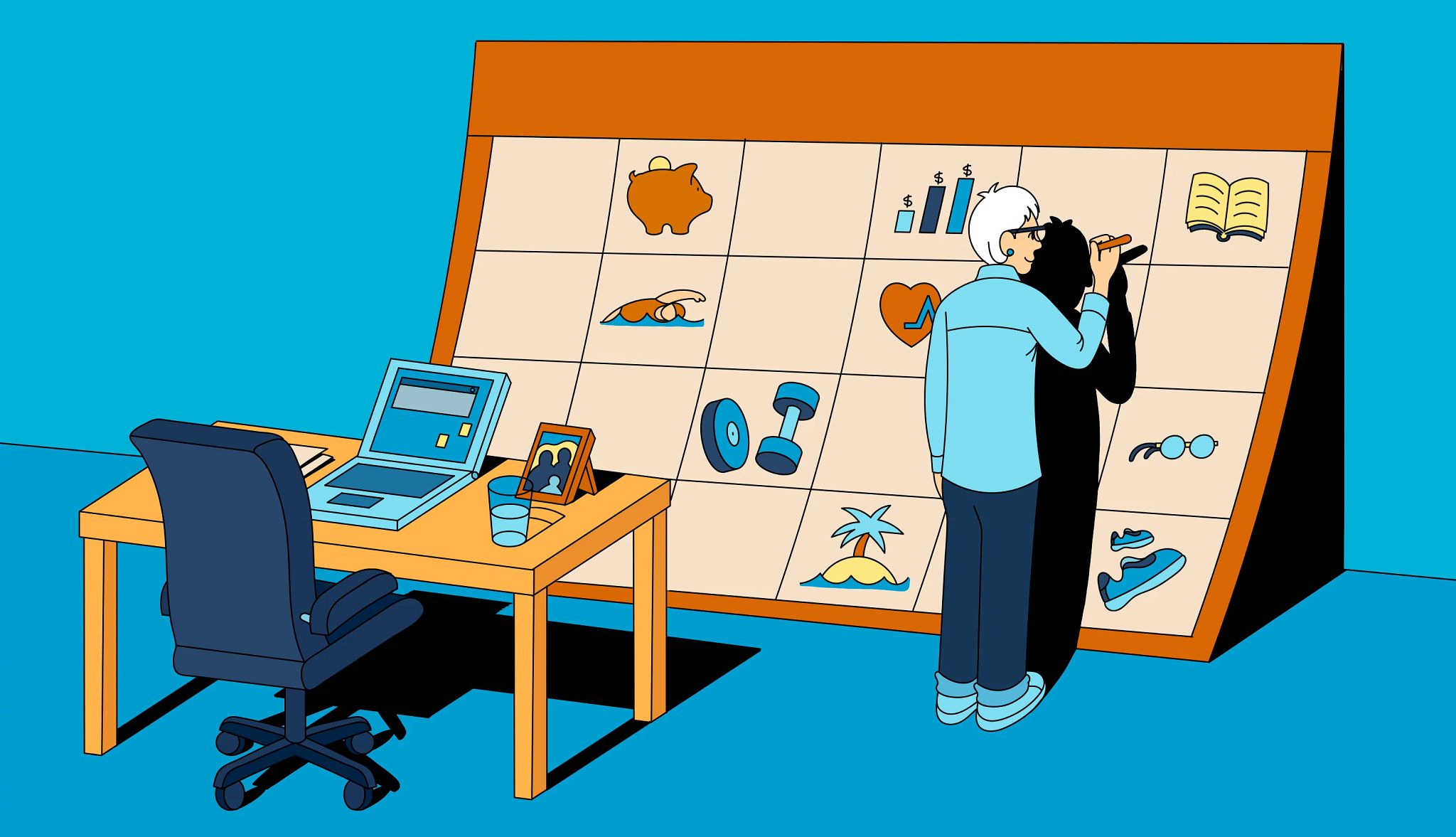AARP Hearing Center


After working for a lifetime, perhaps no month in retirement matters more than your first. It sets the tone for the decades ahead. It acts as a critical transition from your working years to your golden years. And it’s where you establish financial habits that can strengthen — or crack — your nest egg.
“This is when you start structuring the rest of your life,” says Jody D’Agostini, a certified financial planner in Morristown, New Jersey. Even something simple, like waking up and making your bed every day, can help provide structure to your days, she says.
Still, “change is difficult for everyone,” she adds.
A road map can help. Here are eight steps to take during your first month of retirement.
Adjust to your new budget
One of the most challenging aspects of retirement can be getting accustomed to living on a fixed income. But being mindful of your spending habits during your first month without a paycheck can help you adapt to your new budget, says Pauline Johnson-Zielonka, author of Retirement Life Plan: Navigating the Transition From a Rewarding Career.
That doesn’t mean micromanaging your spending or checking your portfolio every day, she says. It means identifying precisely how much money you have coming in each month so you know exactly how much you have to spend, and keeping track of how you spend it.
Allow yourself to unwind
The breakneck pace of the workplace vanishes when you step into retirement. Some people have trouble navigating that abrupt change, Johnson-Zielonka says.
Take things slowly. “You don’t have to jump right into whatever is next,” she says. Also, there’s nothing wrong with a little self-indulgence, whether that entails sleeping in or catching a matinee at the movies.
Celebrate the milestone
Marking the closing of one chapter and the opening of another can help you settle in, says Johnson-Zielonka. A retirement party, big or small, could be a good starting point, but she encourages new retirees to celebrate this major milestone in their own way.
How you choose to do so is up to you. If you love to travel, take a celebratory trip. If you like to volunteer, consider spending a day giving back at a local nonprofit. Bonus: A January 2025 study published in the journal Social Science & Medicine found that volunteering not only makes older adults feel younger but also potentially slows the aging process, leading to improved physical health.
Reflect on your goals
This is an ideal time to review your retirement objectives and make sure they still reflect how you want to spend your later years. After all, “A goal is not a goal until you have put time, energy and money towards it,” says Mitch Anthony, a retirement coach and author of The New Retirementality: Planning Your Life and Living Your Dreams at ... Any Age You Want.


































































More From AARP
Considerations for Mortgage in Retirement
Doing so has some pros and a few cons
AARP Smart Guide to Pre-Retirement
Take these steps when you’re 10 years, 5 years and 1 year away from retirement
Money Moves to Make Before Retiring
Your final working months are a crucial time to fine-tune your finances